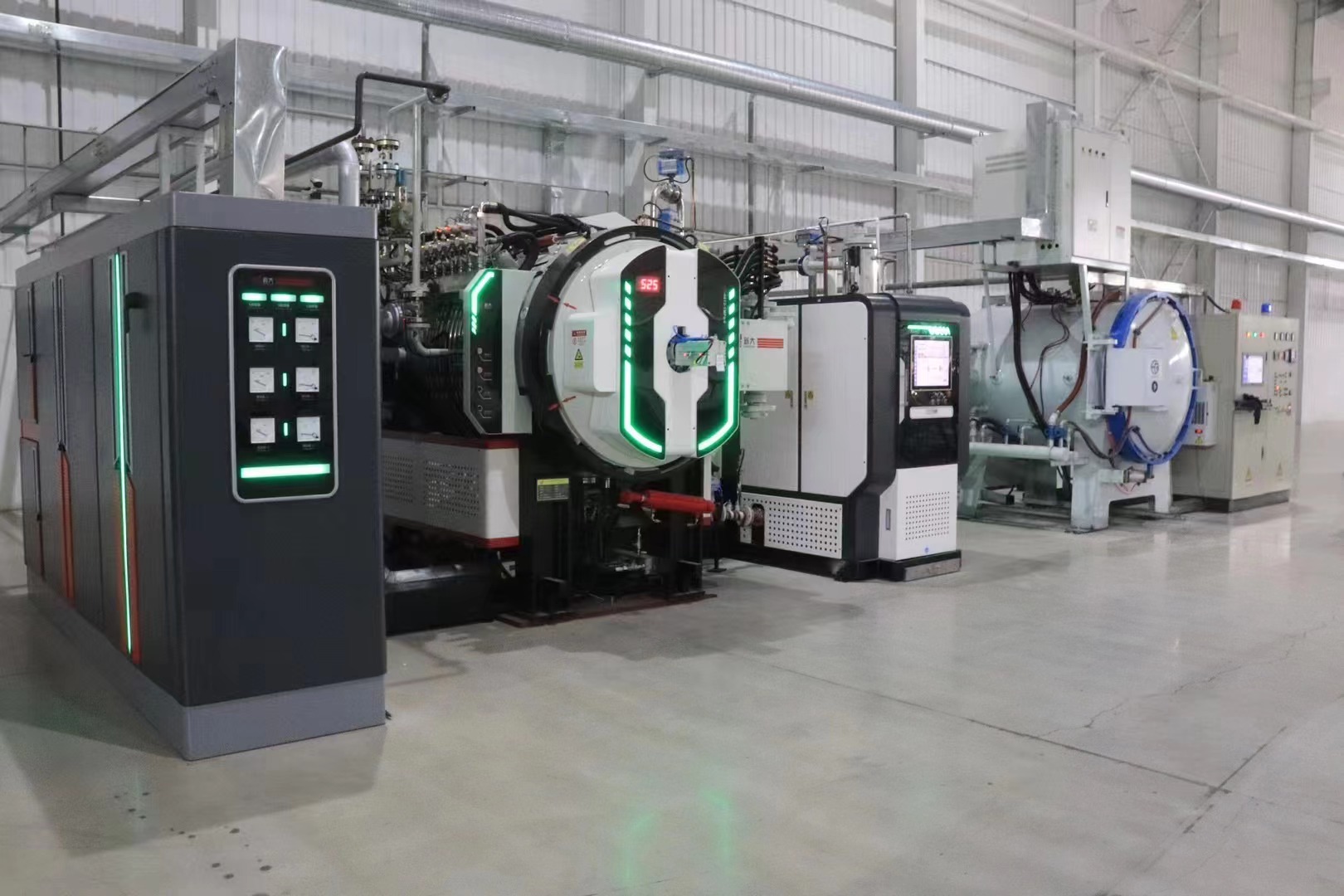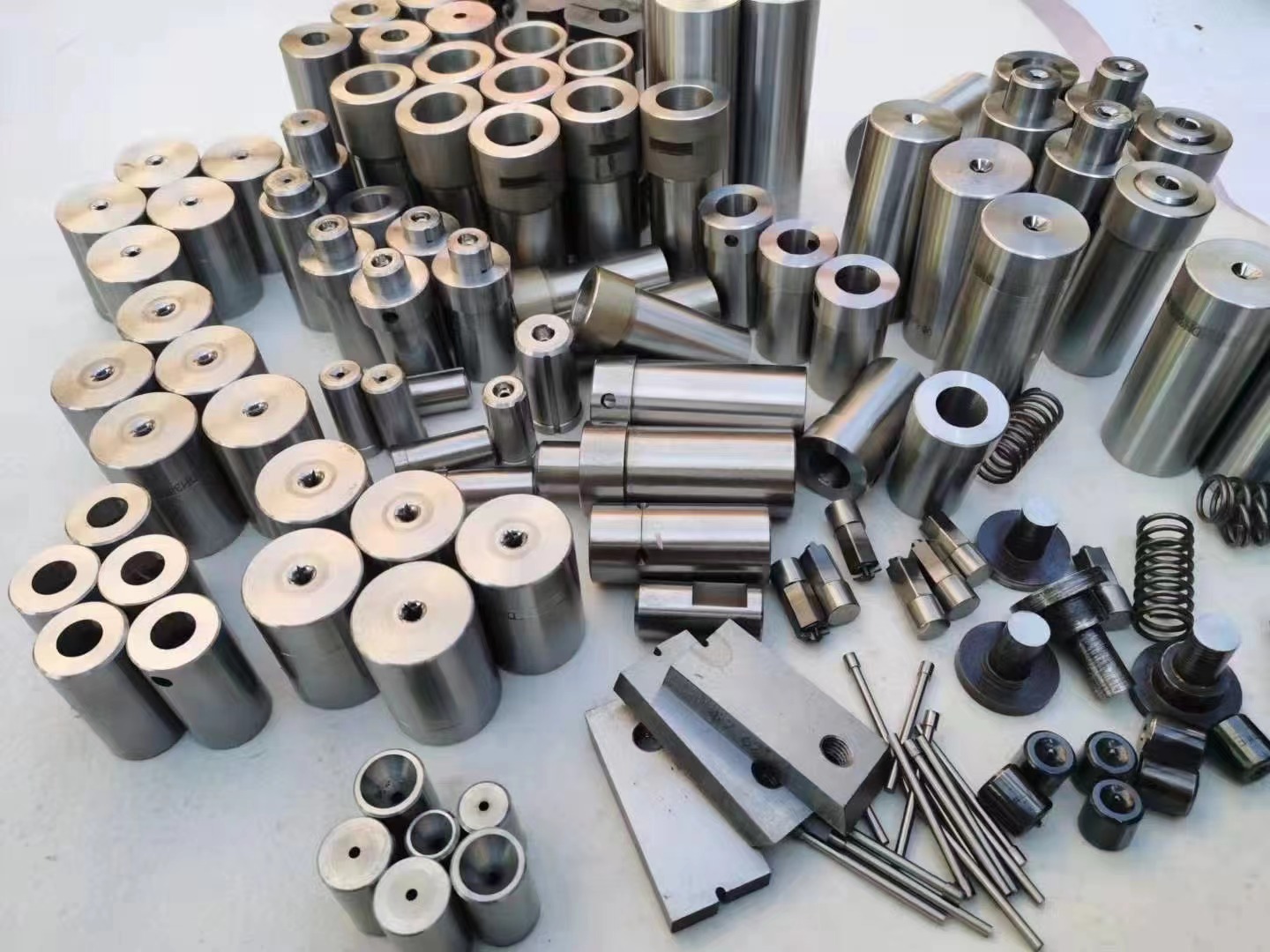Quenching process
The purpose of quenching is to transform the matrix into martensite and obtain higher mechanical properties. Due to poor thermal conductivity, preheating is required. The hard phase carbides in steel-bonded cemented carbide prevent the growth of austenite grains. After the alloy carbides in the matrix are dissolved, they hinder the diffusion of iron and carbon atoms and also inhibit the growth of austenite grains. Therefore, the overheating tendency of steel-bonded cemented carbide during quenching and heating is less than that of alloy tool steel. The quenching heating temperature can be higher and the time can be longer. Usually for WC type steel bonded carbide, the quenching temperature is 1020~1050℃; for TiC type steel bonded carbide, the quenching temperature is 950~1000℃; high speed steel is used as the bonding agent. Phase G-type steel-bonded cemented carbide, the quenching temperature is 1200~1280℃.
Tempering process

Steel-bonded cemented carbide molds should be tempered in time after quenching, especially large molds, to eliminate quenching stress and prevent mold cracking. At the same time, tempering can adjust the structure to obtain the required mechanical properties. The tempering temperature is usually 180~200 ℃, heat preservation for 2 hours. When high toughness is required, higher temperature tempering can be used, such as 500~650°C, but the brittle temperature zone of 250~350°C needs to be avoided. When tempering at higher temperatures, alloy carbides will precipitate and remain.
 Austenite transformation will cause secondary hardening, but tempering at too high a temperature will link the precipitated carbides and reduce the impact toughness.
Austenite transformation will cause secondary hardening, but tempering at too high a temperature will link the precipitated carbides and reduce the impact toughness.
Post time: Mar-05-2024









